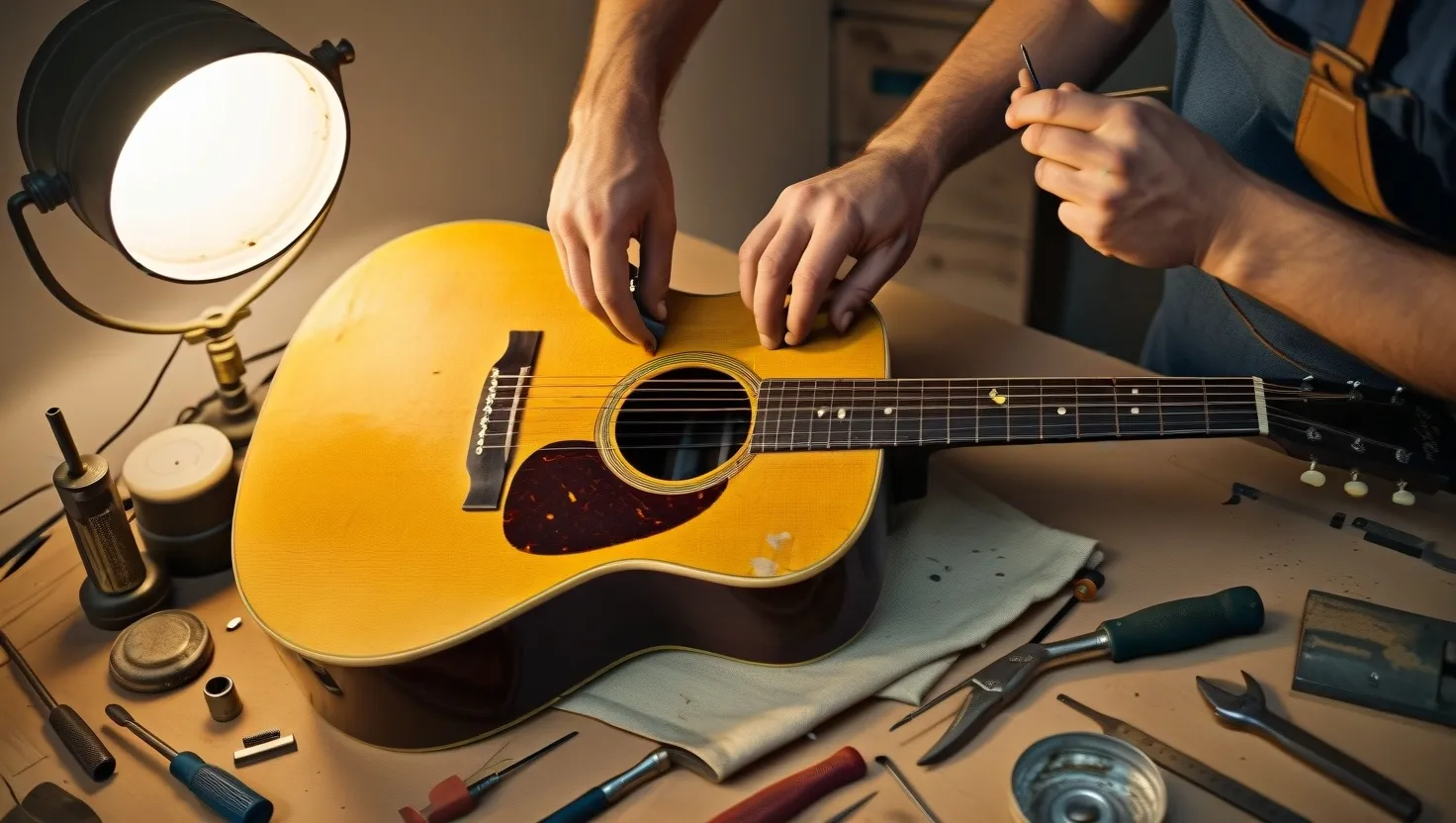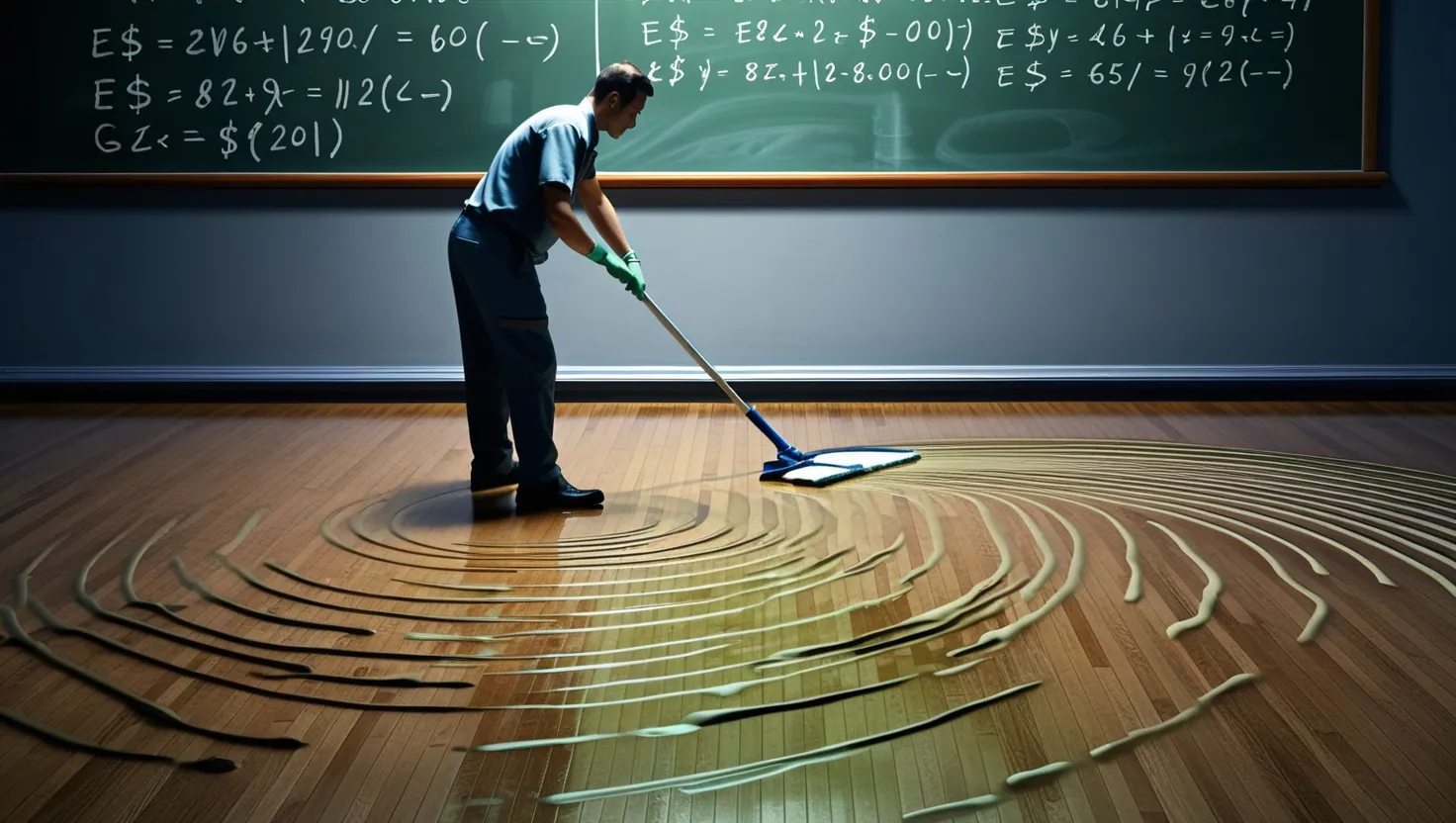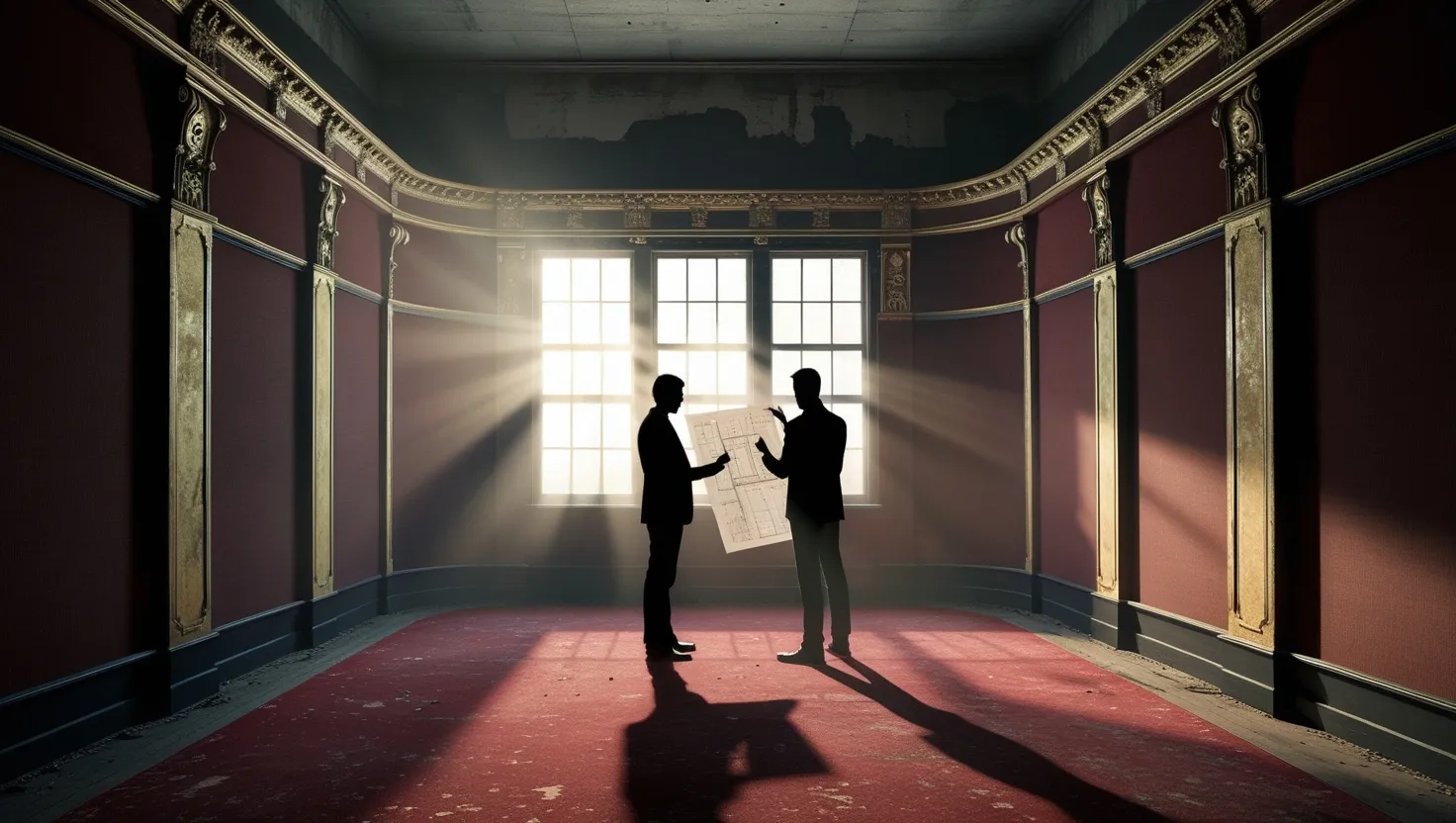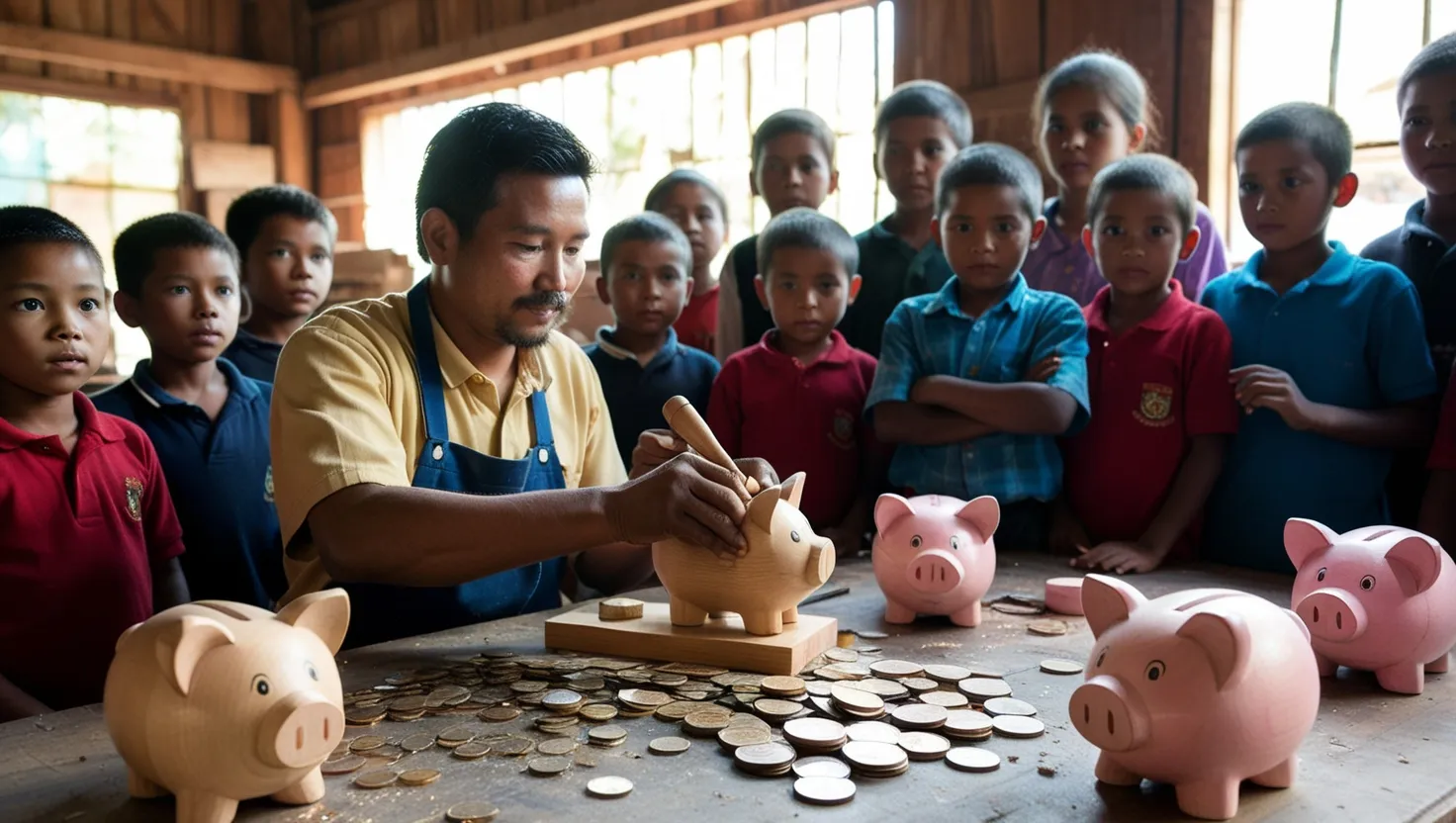As I held my grandfather’s vintage guitar in my hands for the first time, I felt a mix of emotions: sadness, nostalgia, and a hint of excitement. The guitar, with its worn finish and slightly crooked neck, seemed to whisper stories of the past, stories that only it knew. My grandfather, a musician himself, had left this instrument to me, and I felt a deep sense of responsibility to restore it to its former glory.
The first step in this journey was to assess the guitar’s condition. I inspected every inch of it, noting the cracks in the finish, the worn frets, and the slightly loose tuning machines. It was clear that this guitar had seen better days, but there was something about it that made me want to bring it back to life. As I began to clean it, using a soft cloth and a specialized guitar cleaning solution, I couldn’t help but wonder about the hands that had held it before mine.
“Music is the divine way to tell beautiful, poetic things to the heart.” These words by Pablo Casals echoed in my mind as I worked. My grandfather had always told me that music was more than just notes on a page; it was a way to connect with something deeper and more meaningful.
The cleaning process was just the beginning. Next, I had to tackle the fretboard, which was dry and cracked. I applied a conditioner, watching as the wood began to glow with a new vitality. It was a small step, but it felt significant, like I was giving the guitar a new lease on life.
As I delved deeper into the restoration, I encountered more complex issues. The neck needed adjustment, and the frets required leveling and dressing. These tasks were not just about making the guitar playable; they were about respecting its history and preserving its character. I remembered my grandfather’s words: “A guitar is not just an instrument; it’s a piece of history, a story waiting to be told.”
What makes a guitar truly valuable? Is it its monetary worth, or is it something more intrinsic? As I worked on the guitar, I began to understand the concept of intrinsic value. This guitar was valuable not just because of its age or its brand, but because of the memories and emotions it held. It was a tangible connection to my grandfather and to the music that had shaped our family.
The process of restoration also taught me about emotional worth. Every scratch, every ding, told a story. These imperfections were not flaws to be fixed but rather badges of honor, signs of a life well-lived. As I polished the finish, I felt a sense of pride and connection to the instrument. It was no longer just a guitar; it was a piece of our family’s history.
But restoration is not just about the past; it’s also about the future. As I replaced the old strings with new ones, I realized that this guitar was not just a relic of the past but a tool for creating new music. It was an investment in my own musical journey, a reminder that music is a continuous process, not a static entity.
“The music is not in the notes, but in the silence between.” This quote by Wolfgang Amadeus Mozart resonated deeply as I strung the guitar and tuned it. The silence between the notes was where the magic happened, where the music came alive.
As I finally held the fully restored guitar in my hands, I felt a sense of accomplishment and pride. But more importantly, I felt a renewed passion for music. This guitar was no longer just an heirloom; it was an instrument, a tool for expression and creativity.
What does it mean to invest in something long-term? For me, restoring this guitar was more than just fixing an old instrument; it was about investing in a legacy. It was about preserving a piece of history and ensuring that it continued to tell its story for generations to come.
The final step was to set up the guitar, adjusting the action, intonation, and pickup height to my preference. As I played the first notes, the sound was rich and full, a testament to the hard work and dedication that had gone into restoring it.
“Music washes away from the soul the dust of everyday life.” These words by Berthold Auerbach felt particularly true as I played. The music was not just a sound; it was an experience, a way to connect with something deeper and more meaningful.
Restoring my grandfather’s guitar was a journey of discovery, not just about the instrument itself but about the values and emotions it represented. It taught me about intrinsic value, emotional worth, and the importance of long-term investment. As I continue to play this guitar, I am reminded of the stories it holds and the music it will continue to make.
In the end, it’s not just about the guitar; it’s about the music it brings into our lives. And as I strum the strings, feeling the vibrations through my fingers, I know that this instrument will continue to tell its story, one note at a time.






